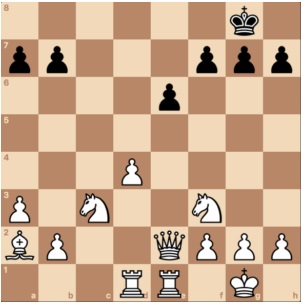Hello! I'm Fritz.
Would you like to play a game?
Fritz is a chess bot that will play games to help you practice what you have learned, so you can move up to the next level.
You have a game you want to analyze, Fritz can help with that too. Set the level to Analysis. Fritz will help you find the best moves.
Give Fritz a try below:
- Play a game against 'Fritz.'
- Choose your Level.
- Choose your color (Flip or Move Now).
- Play Chess! Have Fun and Good Luck.
- Play a friend in 2-player mode.
- Select: Level, Analysis
- Each player takes a turn to make their moves.
- Play Chess! Have Fun and Good Luck.
- Watch Fritz play himself (tablet or computer screen only)
- Choose your Level.
- Choose Move Now to keep flipping the board back to Fritz.
- Enjoy watching Fritz play and learn.
- Analyze a game.
- Select: Level, Analysis.
- Re-play your game, move by move.
- See what Fritz recommends.
- Setup a position to analyze or practice.
- Select: Level, Analysis.
- Setup the position so it is your move next
- Select: Level, {Your Skill Level for Fritz}
- Make your move and play against Fritz
- Save your game or Open a previous game (tablet or computer screen only)
- Select: Setup and Save
- To Save: Select: Save as PGN
- To Open: Select: Open PGN
- You can share your PGN saved games with others.
Choose what you want to do:
Where are you on your Chess Journey?
The path detailed below is fairly typical for those learning to play chess. It is important to point out, that the journey listed below takes time. Some will traverse it faster than others, but it takes years, even decades to master in most cases.
The ultimate goal of anyone who plays chess is to 'win and have fun doing it'. Let's be clear, nobody plays chess in the hopes of losing or even to obtain a draw. Anyone who approaches the chess board to play would like to win. What keeps people coming back to the game is whether or not they are enjoying it or 'having fun' playing it.
Having fun does include that feelilng of winning, but it is so much more. It also includes that feeling when you lose; that moment when you want to try again because you know you will do better. To truly 'have fun' at anything, you must enjoy the struggle to become better. Losing no longer is the enemy, but a reminder that there is still more to learn. It takes time to master any activity, and chess is no exception. You know you are enjoying chess when in those moments of frustration and wanting to walk away, you find yourself complelled to come back again and again. Having fun involves getting to know others in the chess community and together bonding over the common struggle. The players of our club have begun friendships and become mentors/mentees over this shared journey.
If you are willing to grow at any activity, willing to put in the time, not afraid to lose and take some lumps along the way, willing to get know others who have similar goals and desire in the community, you too will find the meaning of 'having fun' as you proceed through your journey of success.
The Typical Chess Journey
- Beginning Your Journey:
- Setting up the board
- How pieces move
- Central Squares/Control
- Taking your first steps:
- Playing against others (or a bot)
- Randomly making moves that look okay
- Learning that there seems to be a pattern to starting the game
- Central Squares/Control
- Gaining momentum:
- Learning an opening for white
- Learning a defense (or two) for black
- Begin studying endgame tactics and mating patterns
- Moving beyond the basics:
- Expanding your study of openings and variations for white
- Expanding your study of defenses and variations for black
- Daily practicing puzzles of tactics and endgame mating patterns
- Moving toward mastery:
- Understanding the purpose of your openings/defenses
- Begin to study the transition to the mid-game strategy (pawn structures)
- Mastery of the basic tactics and exploration of advanced tactics and endgames
- Review prior Grandmaster games for specific positions and openings
- Entering into mastery:
- Being able to transpose from one opening/defense into another (or more)
- Understanding the difference between strategy (pawn structures) and taking advantage of tactics
- Understanding how to play to and during the endgame
- Mastery - The moment you realize there is still more to learn and experience:
- Consistency of play in the opening, mid-game and endgame
- Moving between strategy (positional play) and tactics is seamless
Table of Contents
Where do I begin?
Lichess provides free access to what any novice needs to start playing the game. Start your journey today and take those first steps.
Learn the basics here:
- How do the pieces move?
- How do I play?
- How do I setup the board?
- What is castling?
- What is En Passant?
- What are pieces worth? Was that a good trade?
Board Setup and Moving Pieces
Learn how the relative importance of each piece and how they move. Also learn how to setup of the board for your first game. Lichess gives free access to learning how the pieces move. Once you know how the pieces move, play Fritz on the beginner level.
| Piece Name - Value | Click to Learn More |
|---|---|
| Setup the Board | Board Setup |
| Pawn = 1pt | Pawn |
| Knight = 3pts | Knight |
| Bishop = 3pts | Bishop |
| Rook = 5pts | Rook |
| Queen = 9pts | Queen |
| King = The Game | King |
Table of Contents
Basic Moves and Tactics
When playing, you need to know how to get your pieces to move and work together to build an attack. If it is your move and you can get checkmate, then finish the game with a win or else your opponent may get you the very next turn. Try to make moves that force your opponent to move pieces where they may not want to go (gain a tempo) or to create multiple attacks that can not be easily stopped.
A good beginning while playing is to ask yourself these basic questions before each move to find the best move, while avoiding making a mistake and losing:
- Checkmate
- Can I checkmate my opponent and win the game?
- Can my opponent checkmate me and win the game?
- Check or Gain Tempo
- Can I check my opponent and force a move or win a piece?
- Can my opponent check me and force a move or win a piece?
- Hanging Pieces or Bad Trades
- Are any of my pieces being attacked and if so, are they unprotected and can I win a trade materially and/or positionally?
- Am I attacking any of my opponents pieces and if so, are they unprotected and can I win the trade materially and/or positionally?
| Moves and Tactics | Click to Learn More |
|---|---|
| Checkmate | Mate in 1 |
| Check Tempo | Check in 1 |
| You're in Check | Out of Check |
| Combat Each Other | Combat |
| Capture a Piece | Capture |
| Defend a Piece | Protection |
Table of Contents
Special/Advanced Moves and Draw/Stalemate
You now know the standard moves; try these special moves to improve your game.
| Special Moves | Click to Learn More |
|---|---|
| Castling - King Safety | Castling |
| En Passant | En Passant |
| Draw/Stalemate | Stalemate |
All the above information can be found on Lichess.org:
Table of Contents
Middlegame Preparation - Pawn Structures
You play your favorite opening. You have memorized all the variations.
But why?
The point of a good opening is to prepare your pieces for the middlegame. Beginners at Chess focus on the openings and endgame tactics. What happended to all that stuff in the middle? How do you know your opening was successful? How you do you prepare for a successful endgame?
The answer lies with what many beginners and intermediate players take for granted: the humble pawn. Though it has the lowest value in the game, there are more pawns than any other piece and they are the only pieces that can not move backward. A single pawn can make or break a winning position. We are taught or learn early on that controlling the center, especially with pawns, is critical with winning at chess. What many beginners and intermediate players do not realize is that the point of your opening is to build a 'good' pawn formation and support it with the other pieces. The pawn formation dictates your attacking chances, location of your supporting pieces and prepares you for those endgame positions you have been practicing so hard at mastering.
So what is a 'good' pawn formation? The following section is going to show the common pawn formations and discuss the attacking and defensive ideas for each. Memorizing these will help improve your opening and transition to middlegame play.
Table of Contents
White Goals |
Black Goals |
|---|---|
|
Isolated d-Pawn or Isolani Pawn Structure 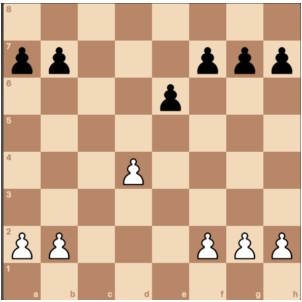
Note: Isolani pawn is a strength in the middlegame, but a weakness in the endgame. |
|
|
|
|
Reverse Colors: |
|
|
|
|
|
|
|
Table of Contents
White Goals |
Black Goals |
|---|---|
|
|
|
|
|
|
|
Reverse Colors: |
|
|
|
|
|
|
|
Table of Contents
White Goals |
Black Goals |
|---|---|
|
Carlsbad - Orthodox Exchange 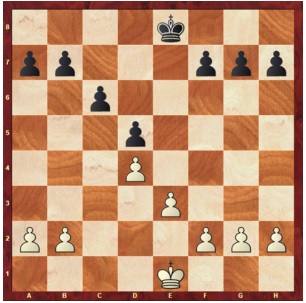
|
|
|
Note: This structure is similar to the e5/d5 Pawn structures; they are different
|
|
|
Reverse Colors: Carlsbad - Orthodox Exchange 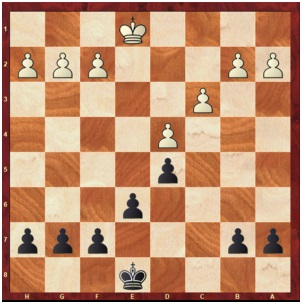
|
|
|
Example from the London-System 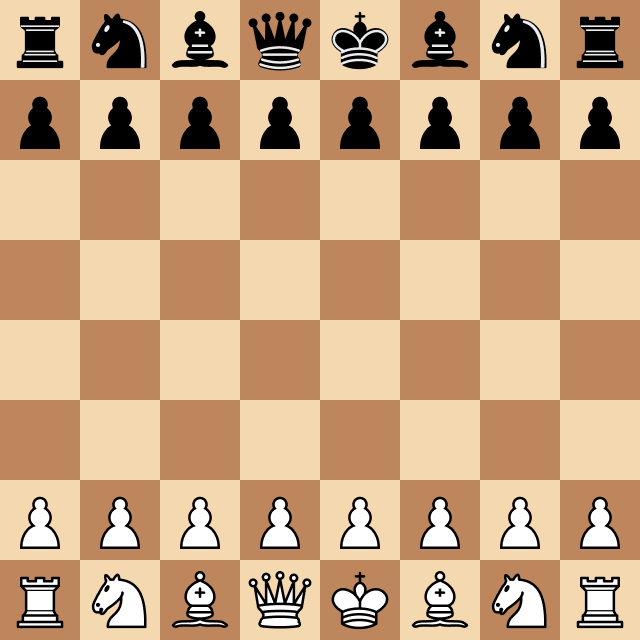
|
|
|
Reverse Ideas from above
|
Reverse Ideas from above
|
Table of Contents
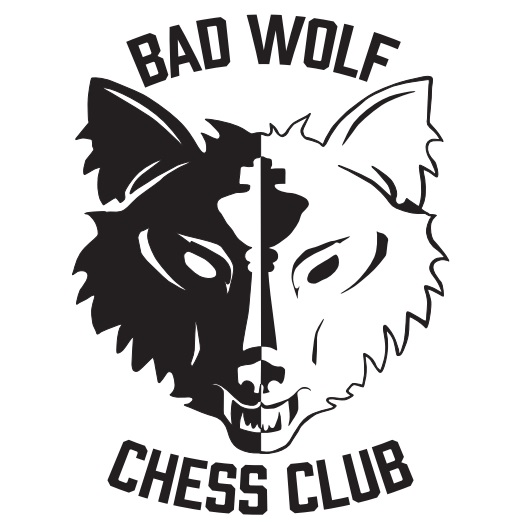 Bad Wolf Chess Club
Bad Wolf Chess Club


